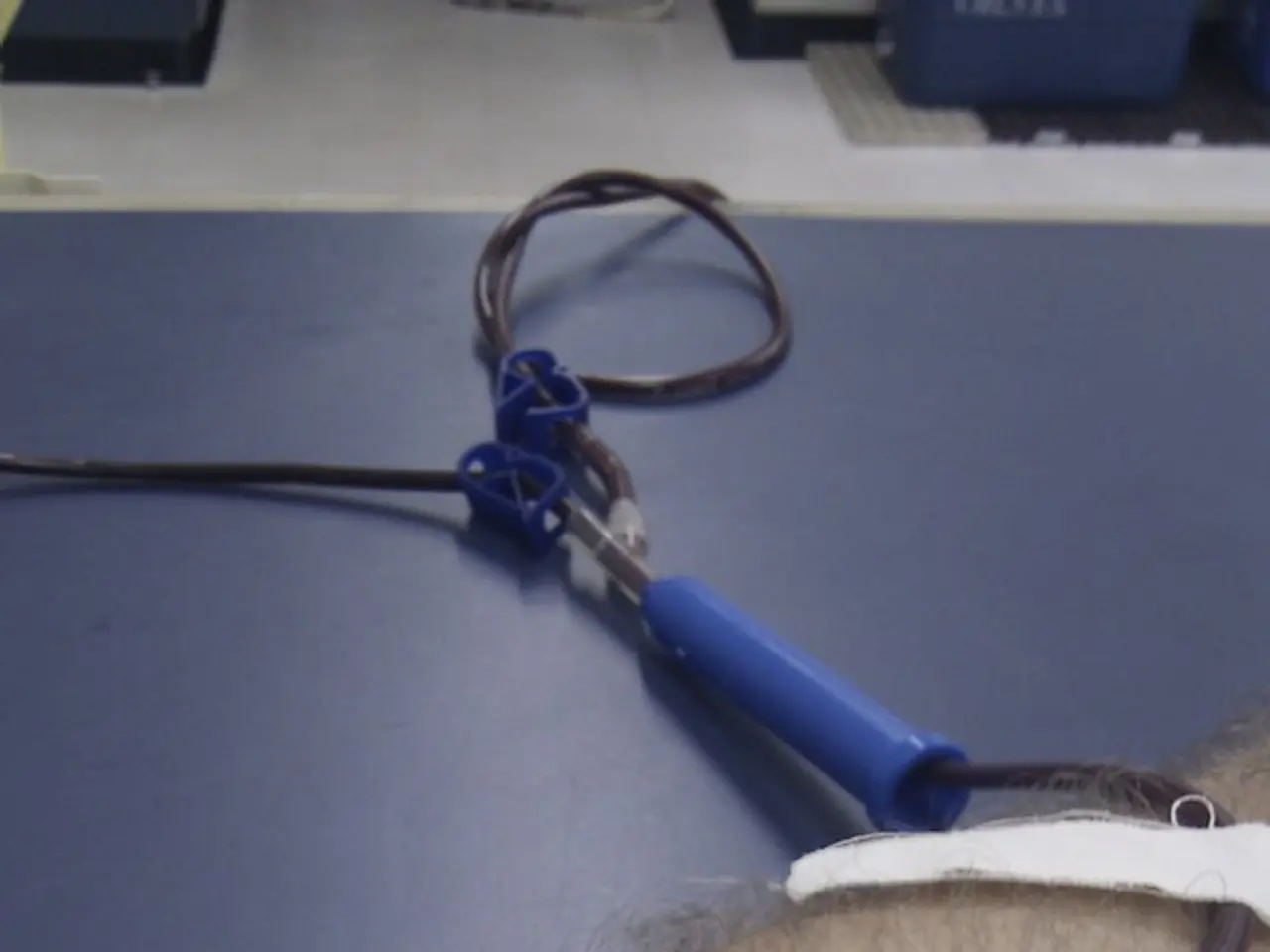Veneral Disease Research Laboratory (VDRL) Test: Objective, Process, and Findings
The VDRL test, short for Venereal Disease Research Laboratory test, is a crucial diagnostic tool used to detect syphilis infections. This nontreponemal screening test measures antibodies (reagins) produced in response to the bacterium *Treponema pallidum*. These antibodies are not directly against the bacterium but against cardiolipin and related lipid antigens, which are released during cell damage caused by the infection [1][3][5].
In the early stages of syphilis, the VDRL test is highly effective for detecting the presence of these antibodies, helping in early diagnosis, monitoring treatment efficacy through antibody titers, and screening high-risk populations [1][3]. However, due to its non-specific nature, the VDRL test may yield false-positive results, particularly in cases of autoimmune diseases, other infections, or conditions that produce similar antibodies [1][3].
To confirm a syphilis infection after a positive VDRL test, follow-up testing with treponemal tests is required. These tests directly detect antibodies against *Treponema pallidum* and include the Fluorescent Treponemal Antibody Absorption (FTA-ABS) and Treponema pallidum Hemagglutination Assay (TPHA) [3][4][5]. These confirmatory tests have higher specificity and help rule out false positives from the initial VDRL screening [3][4][5].
In clinical practice, the traditional diagnostic approach involves screening with the VDRL test (or similar nontreponemal tests like the RPR), confirming positive results with a treponemal test (FTA-ABS or TPHA), and in some protocols, a reverse algorithm is used where a treponemal assay is performed first, followed by a nontreponemal assay to increase detection accuracy [2][4].
The VDRL test is valuable for its cost-effectiveness and ability to monitor treatment response, but a positive VDRL must always be confirmed with treponemal testing for a definitive diagnosis [1][3][5].
A doctor may recommend a VDRL test on CSF when they suspect a person has late stages of syphilis, particularly neurosyphilis, which can affect the brain and central nervous system [2]. Tertiary syphilis, which can be fatal, typically occurs years after the initial infection and can affect various organs, including the brain, eyes, heart, blood vessels, joints, and bones [2].
The VDRL test is a safe and convenient way to screen for syphilis infections, but it may cause minor side effects like tenderness, bruising, and dizziness during blood draws or lumbar punctures [2]. A lumbar puncture, used to collect a sample of cerebrospinal fluid (CSF) for a VDRL test, can cause complications like a headache, numbness, tingling, lower back or leg pain, bleeding, and infections at the injection site [2].
It is essential to note that a positive VDRL test result on CSF indicates that syphilis has infected the central nervous system. Untreated syphilis can damage vital organs, leading to severe health complications [2].
Therefore, if you experience symptoms like a chancre, rashes or sores, swollen lymph glands, fever, hair loss, weight loss, and headaches, it is advisable to get tested for syphilis [2]. The recommend screening for syphilis infections includes men who have sex with men, people living with HIV, and those who engage in sexual activity without the use of barrier contraceptives [2].
In conclusion, the VDRL test plays a vital role in the early detection and monitoring of syphilis infections. However, for a definitive diagnosis, a positive VDRL test result must be confirmed with treponemal testing. By ensuring accurate diagnosis, timely treatment can be initiated to prevent complications and transmission.
- In the medical field, the VDRL test, though effective for detecting syphilis antibodies in the early stages, requires confirmation with treponemal tests like FTA-ABS or TPHA due to its non-specific nature.
- During later stages of syphilis, such as neurosyphilis, a doctor may recommend a VDRL test on CSF, which checks for the infection in the brain and central nervous system.
- Apart from syphilis, the VDRL test can impact various health segments like cardiovascular, respiratory, digestive, skin conditions, and even cancer, due to its potential for false positives.
- In addition to syphilis, the value of health and wellness extends to the prevention, diagnosis, and treatment of a myriad of other medical conditions, such as cancer, respiratory, digestive, and skin conditions.
- Regular check-ups and adherence to health-and-wellness guidelines, including screening for sexual-health issues like syphilis, play a crucial role in maintaining overall health, preventing complications, and early detection of other potential medical conditions.




